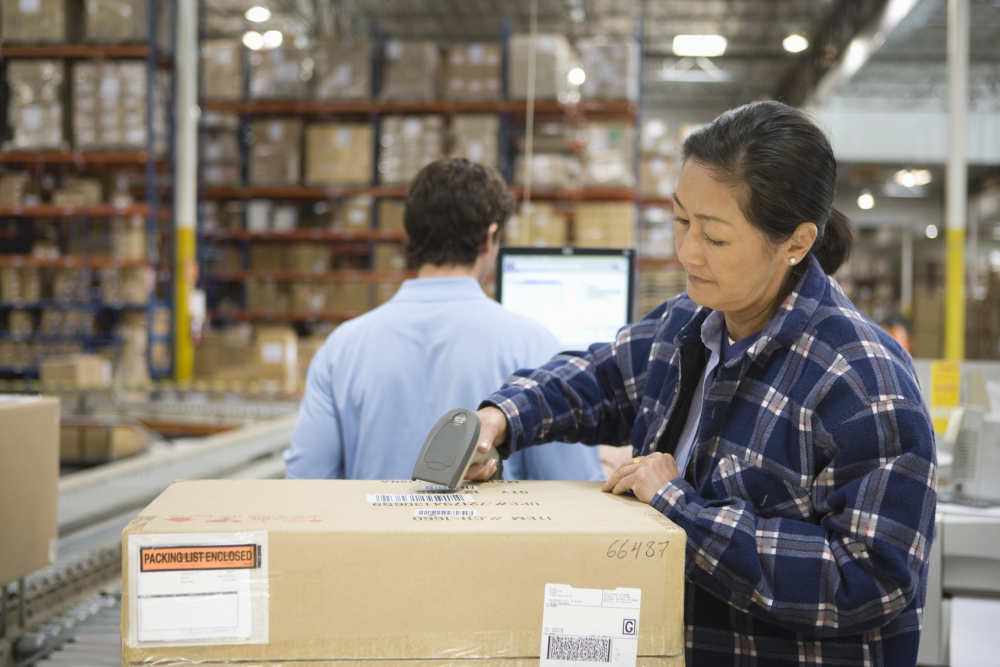China's manufacturing makeover
This is a special feature from PAX International's May Amenities & Comfort 2020 digital edition.

Throughout the pages of this online issue of PAX International are examples of companies that at one time in the not-so-distant past focused on elegant designs and name-brand products but are now looking to fill other demands as air travel tentatively plans to return, but with different needs.
Soothing lotions and hydrating balms that help passengers get through a long flight are now giving way to requests by airline customers for personal protective equipment (PPE). Lotions are now less important than sanitizers. Hygiene more important than fashion.
How long it will go on, few can say. But one thing is for certain: The amenity kit companies that currently do not have a regular source for PPE items will be seeking one out among the thousands of small-to -medium sized factories in the teeming cities of China, where manufacturing capability, infrastructure and supply chain are just getting back to normal operations – or what will be normal from here on out.
And in that way, suppliers should be fortunate. For despite all the disruptions and chaos, a nation filled with nimble factories that can quickly shift their cut-and-sew capabilities to produce the goods to meet demand is already moving in that direction.
A snapshot of the present time and what the months ahead may look like can be found in the China Manufacturing Purchasing Managers Index (PMI). Every month, questionnaires are sent to more than 700 manufacturing enterprises in the country. The data is compiled from the responses about purchasing activities and supply of materials. Manufacturers are asked if there is improvement, no change or a deterioration of activities. The answers generate a PMI number of 1 to 100.
As of April 30, the PMI for China stood at 50.8 (roughly meeting the forecast of 51 for the month). Any number above 50 indicates an expansion of activities from the previous month. At the end of March, the PMI for China was at 52, while the end of February it registered a dismal 35.7.
While such information is useful to gauge manufacturing activity and recovery, it is also useful to look back to the beginning of the year and to see the chain of events that created the storm in the Chinese manufacturing market caused by the outbreak of the COVID-19 virus.
One of the companies that has been watching the China manufacturing market for more than 45 years is Houston-based ITI Manufacturing. The company has been a source for firms in the United States that are seeking to establish manufacturing operations in China. On a year-to-year basis, ITI has approximately 100 active customers for which it finds suitable factories and goes one step further — to guarantee the quality of everything its client base of factories produces.
With teams in place in all the manufacturing hubs in China, company officials watched as manufacturing chugged at full capacity to get as much product off the factory floor and out the door as possible before the end of January, which signaled the start of the Chinese New Year. It is then factories shut down and workers return home for a long holiday.
Even at the start of the Chinese New Year there was rumblings of lockdowns and closings as the virus began spreading, Joshua Robinson, President and CEO at ITI tells PAX International. When the government began closing down factories and restricting travel, Robinson said many workers were stuck in their homes and away from work and the cities they lived. Subcontractors and other suppliers of material to the factories were in the same situation.As the weeks wore on and factories were idled, Robinson said a slow opening took place with companies applying to the Chinese government to begin operations.

Joshua Robinson, CEO of ITI in Houston
“The way the Chinese government approached those applications was: the bigger you were, the earlier your application was recognized and approved,” Robinson says. For many factories across the country, he added, that took most of the month of March for workers to filter back in and get production into the range of 50 percent to 75 percent, which was a point when managers could give customers reliable lead times and capacity estimates. Under normal circumstances, Robinson points out that the country’s manufacturing engine would have been at full capacity in February.
Fast forward to today, Robinson said he sees travel activity and business slowly returning to normal, but with a “residual fear” that will keep travelers away from crowds, flights and tourist destinations. This travel fear extends into the manufacturing sector and supply chain. Since airline passenger traffic is so low, there are fewer aircraft in the air. As a result there is less belly space flying around the world for cargo. As a result of less belly space, air freight rates out of China have greatly increased. What was once a market that charged from US$3 to $5 per kilogram, now costs $10 to $11, says Robinson.
“There is a high demand because people need all this PPE immediately,” he says. “But there is very, very low supply because nobody is traveling.”

Chinese factories are nearly full capacity, but vital medical supplies are being delayed due to a lack of belly space for overseas flights
It is still in question whether this will make other countries in the region, particularly those that fared better through the virus such as South Korea or Singapore, more attractive for manufacturing. The possibilities of other manufacturing hubs have been studied in recent years since the Trump administration began leveling tariffs on goods from China, says Robinson. Vietnam has also surfaced as an attractive alternative, too. Still, he adds that there is less infrastructure and population to support widespread manufacturing. He adds that even with the tariffs on China, prices will still be higher, but the other nations are seeing an increase in demand that will continue.
Now, as the epicenter of the virus has moved from China to Europe to North America, Robinson sees a place where the first steps toward normalcy will happen.
“It is an incredible time, and unlike anything that most people have ever seen,” he says.

